
By Judy Carmack Bross
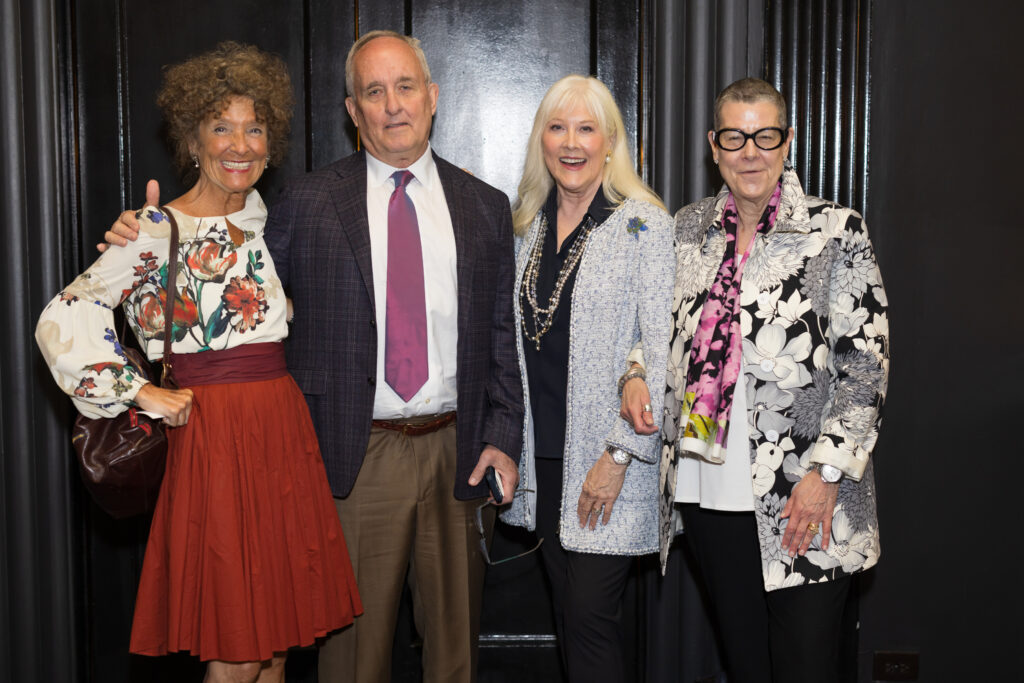
Guests Gloria Groom, Carroll Joynes, Noren Ungaretti and Abby O’Neil
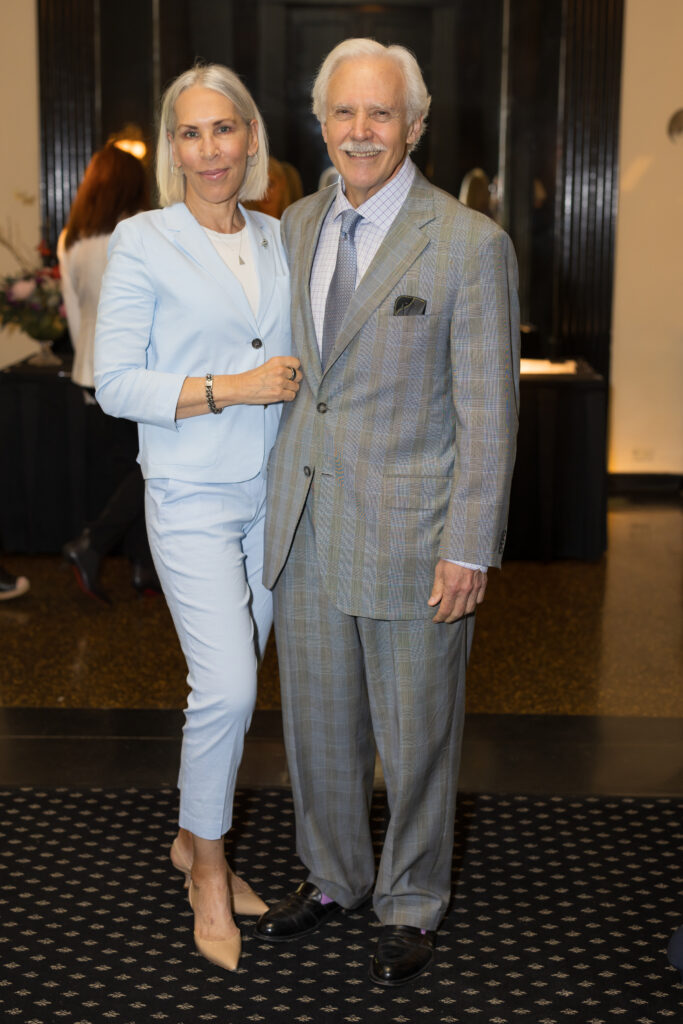
Melissa Haley and Michael Cleavenger.
“Choosing the butterfly as this year’s Luncheon theme was deeply meaningful for me. Like people with Bipolar Disorder, butterflies are both fragile and durable. Each one is unique, with its own distinct beauty, but no two are identical. Despite their delicate appearance, they can withstand many challenges. The butterfly symbolizes the strength, perseverance and resilience of those living with Bipolar Disorder.” – Joyce Sang, Co-Founder of the Ryan Licht Sang Bipolar Foundation.

Joyce and Dusty Sang have done it again: showing how beauty can merge with power when you provide both cutting edge information and hope. With incredible flowers and tablecloths you want to turn into a party dress, the Ryan Licht Sang Bipolar Luncheon has been at the same time a working medical briefing since its inception, and the Sangs, who honored their late son Ryan with the creation of the Foundation in his name, always present a panel of experts with the most up-to-date information in the field.

Dr. Jamie Pasquale and Amy Morro
Co-Chairs Amy Morro and Jamie Pasquale, Psy.D. welcomed guests to the Medical Briefing Luncheon championing perseverance and resilience and their role in diagnosing and understanding Bipolar Disorder.

Emily Green, Dr. Jamie and Pasquale and Jill Hiller
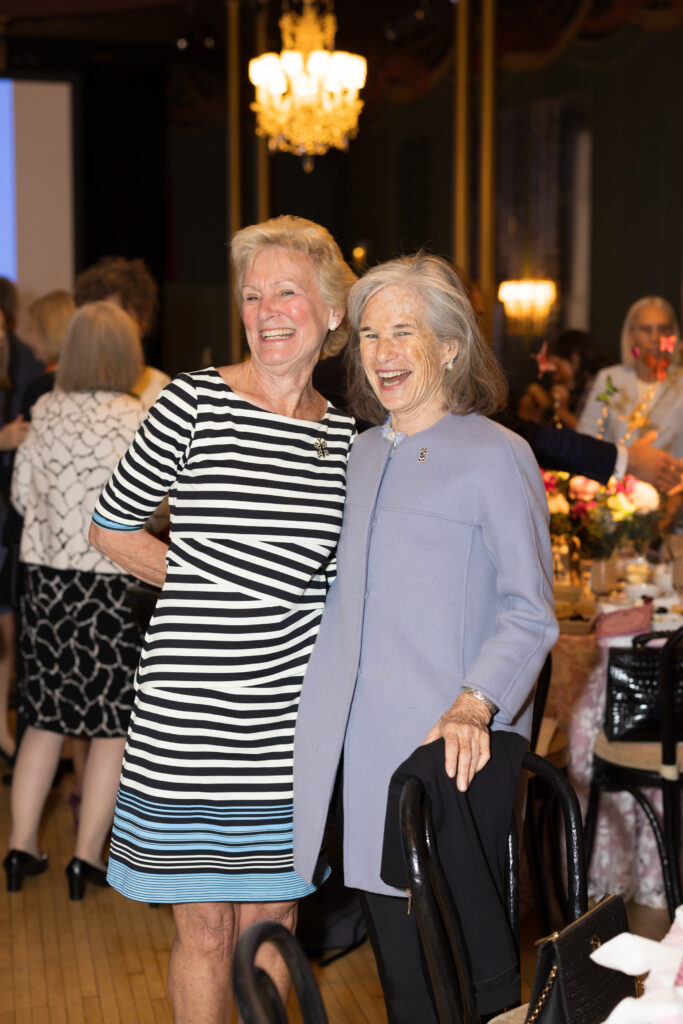
Liz Dauten and Amy Morro
Dusty Sang told us more about the Foundation:
“Since its inception, the Foundation has been dedicated to funding proof-of-concept research projects at the great universities in our ‘Quest for the Test’ to find an empirical biomarker test for early-onset Bipolar Disorder. One such grant, awarded by the Foundation in 2021 to the Massachusetts General Hospital, sought to harness Artificial Intelligence, Big Data and Machine Learning to develop an algorithm to detect or predict Bipolar Disorder in children and adolescents. This project has yielded thus far exceptional results and represents a major step in creating an empirical screening tool for this disorder that has the potential to enable effective early intervention and treatment of youth, and ultimately save countless lives.”
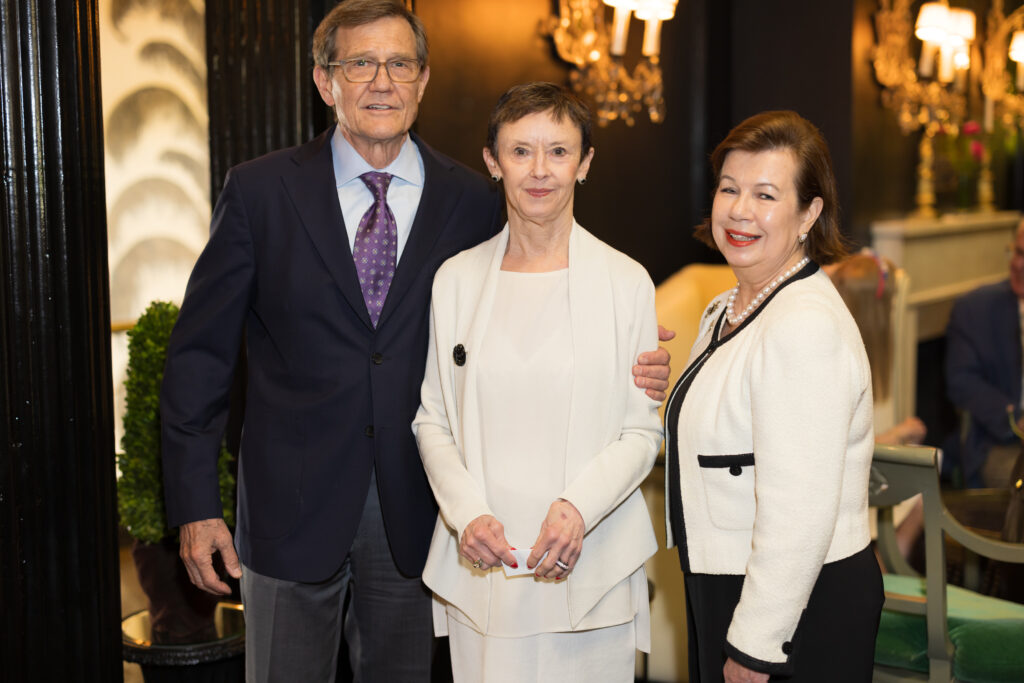
Fred & Cathy Moore, Isabell Siegel

Christiana Ryan, Benita Romano, Gabrielle Romano, Florence Ann Romano

Chilli Pepper
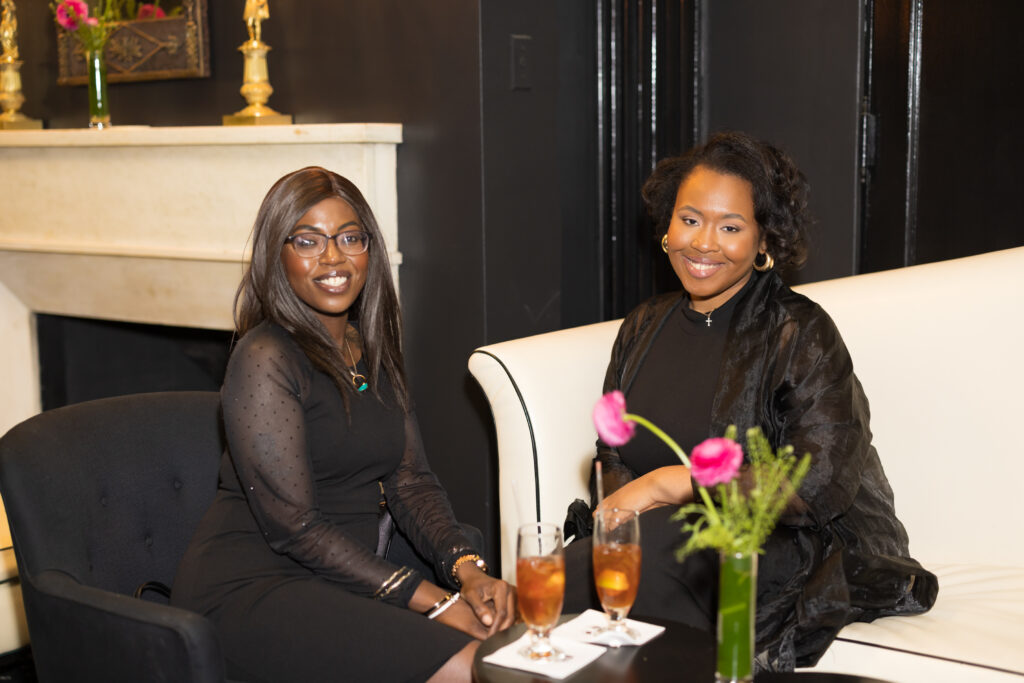
Marlene Williamson, Renaja Davis
Speaking to the guests via Zoom, Dr. Jordan Smoller of the Harvard School of Public Health and Massachusetts General Hospital, said that it often takes more that 11 years to diagnose a person with Bipolar Disorder, and in the interim the disease can lead to homelessness, incarceration and suicidal tendencies. Often young people are put on too many medications that can prove to be dangerous, and Bipolar Disorder is a main cause of depression. Using electronic health records and flagging high-risk patients, the screening tool creates a scalable model for early intervention. Dr. Smoller defined it as “the first real scientific breakthrough” to streamline diagnosis.
Randy Blakely, Ph.D. and author and business consultant Sara Schley were this year’s panel members, with Dusty Sang as moderator.
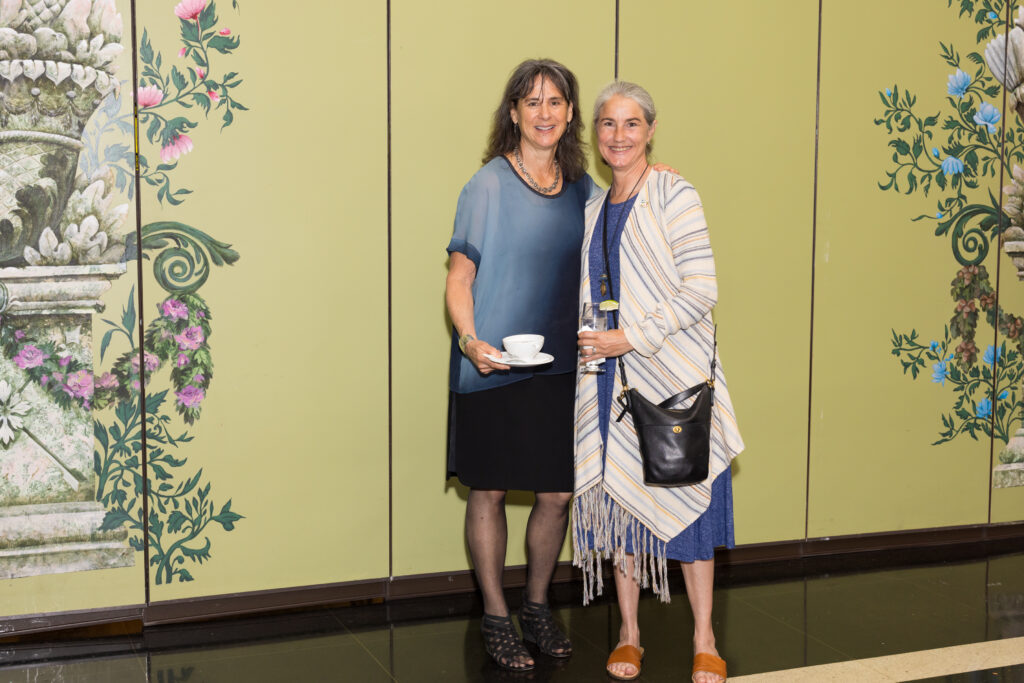
Sara Schley with Kelly Matthews.
For many decades Schley kept it a secret that she was on the Bipolar Spectrum with a Bipolar II brain. Recently, she decided to write her memoir BrainStorm: From Broken to Blessed on the Bipolar Spectrum, in order to save lives and to optimize healing for millions. “I was one of those hot ticket kids but with a flip of an internal switch I had locked myself in my room. It was like my brain had been abducted. It took doctors 25 years to give me my diagnosis,” Schley told the audience.

Sarah Imberman, Terry Levy, Paul Levy
Luncheon guests took home copies of her book as well as the new butterfly pins.

This year’s butterfly pin.
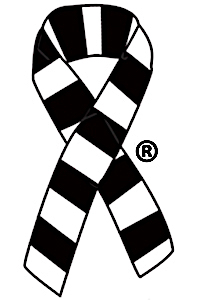
Joyce Sang designed the black and white awareness ribbon pin almost 20 years ago.
“The black and white colors stand for the opposite poles of bipolar disorder: the mania and the depression. The Foundation ribbon awareness logo was granted a Registered Trademark for bipolar awareness by the U.S. Patent and Trademark Office in 2021,” she said. Joyce receives many requests for the pins to give people strength and further awareness, and always carries several in her purse to share with others. She designed the butterfly pin to wear with the ribbon pin.
Dusty powerful message resounded with guests:
“When Ryan died in 2004 it left a huge hole in our hearts. We created the Foundation so that other children don’t have to be Ryan and other parents don’t have to be us.”
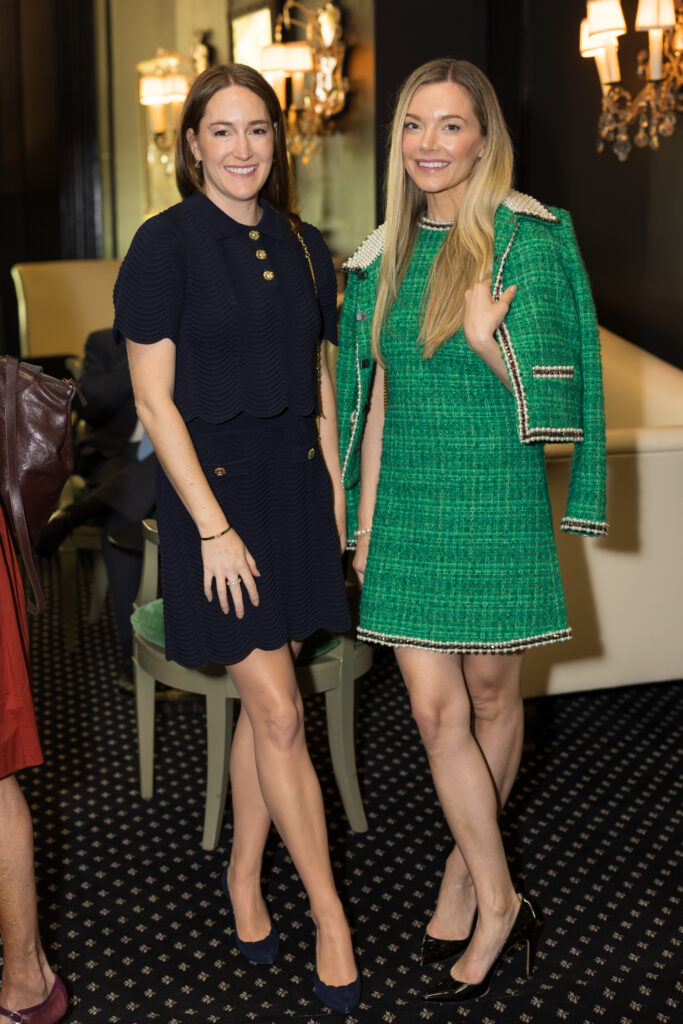
Nicole Kneedy and Brittany Bowen
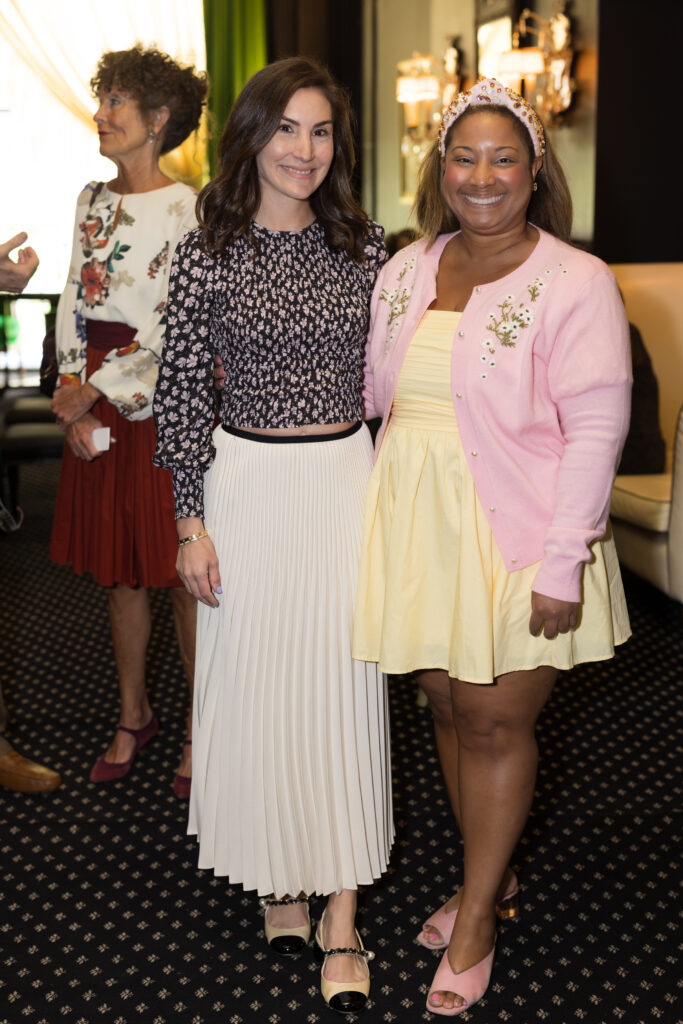
Alex Singer and Anika Allen
Photo Credit: Robin Subar Photography.







